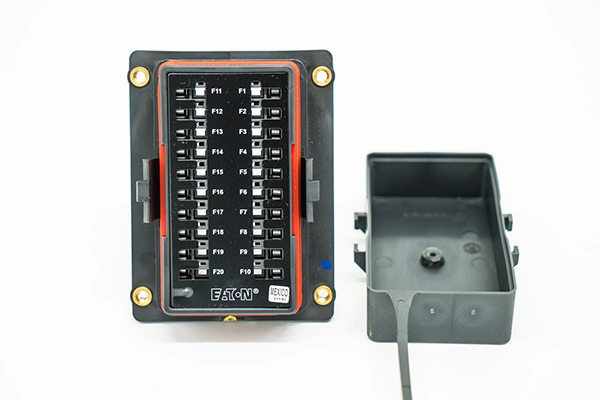Comprehensive Guide: Testing a Car Fuse Holder for Voltage Drop with a Voltmeter
News 2025-10-20
Testing a car fuse holder for voltage drop is essential in automotive maintenance to identify electrical inefficiencies that could affect performance and safety. In vehicles, fuse holders protect circuits from overloads, but over time, corrosion or poor connections can cause voltage drops, leading to dim lights or starting issues. Using a voltmeter provides a precise way to measure this drop, helping diagnose problems early and ensuring reliable operation. This approach is particularly useful in scenarios like troubleshooting electrical faults in older cars or during routine inspections by mechanics.

Gathering Necessary Tools and Safety Precautions
Before starting, assemble the right equipment to ensure accurate results and personal safety. You’ll need a digital multimeter capable of measuring DC voltage, typically with a range up to 20 volts for automotive use. Wear insulated gloves and safety glasses to avoid shocks, and disconnect the battery to prevent accidental starts. Work in a well-lit area, and consult the vehicle’s manual for fuse box locations. This preparation minimizes risks and sets the stage for effective testing, highlighting the voltmeter’s advantage in providing quick, non-invasive diagnostics compared to more complex tools.
Detailed Steps for Conducting the Test
Begin by identifying the fuse holder in question, often found in the engine compartment or under the dashboard. Set your voltmeter to DC voltage mode and connect the black probe to a good ground point, such as the battery negative terminal. With the circuit active—meaning the component powered by the fuse is operating—touch the red probe to both ends of the fuse holder. Record the voltage reading; a significant drop, say over 0.2 volts under load, indicates a problem. Repeat for other holders to compare, emphasizing the voltmeter’s precision in detecting subtle issues that could escalate to failures.
Interpreting Results and Performance Benefits
After testing, analyze the voltage drop to determine if the fuse holder is functioning optimally. Low drops suggest good conductivity and efficiency, while high drops point to resistance that can cause heat buildup or component damage. This method showcases the voltmeter’s performance in automotive applications by offering cost-effective, accurate insights that enhance system longevity. By addressing issues promptly, you improve energy efficiency and reduce the risk of breakdowns, making this test a key practice for maintaining vehicle reliability in demanding conditions.
Frequently Asked Questions
1. What is considered a normal voltage drop in a fuse holder?
Answer: A normal voltage drop is typically less than 0.1 volts; anything higher may indicate a need for cleaning or replacement.
2. Why is voltage drop testing important for car maintenance?
Answer: It helps detect hidden problems like corrosion early, preventing electrical failures and ensuring safer vehicle operation.
3. Can a standard household voltmeter be used for this test?
Answer: Yes, but a automotive-grade digital multimeter is preferred for better accuracy and durability in vehicle environments.


